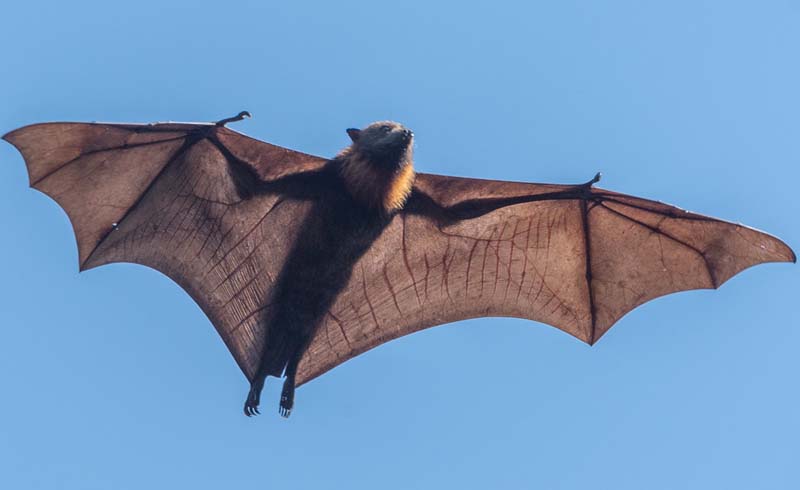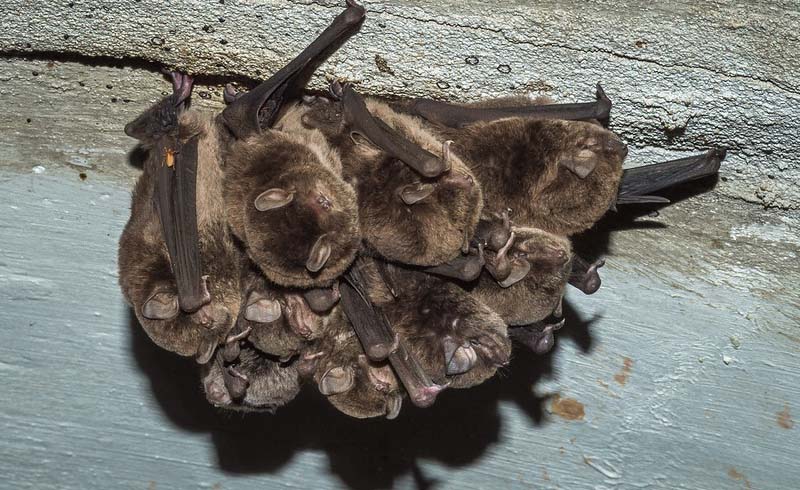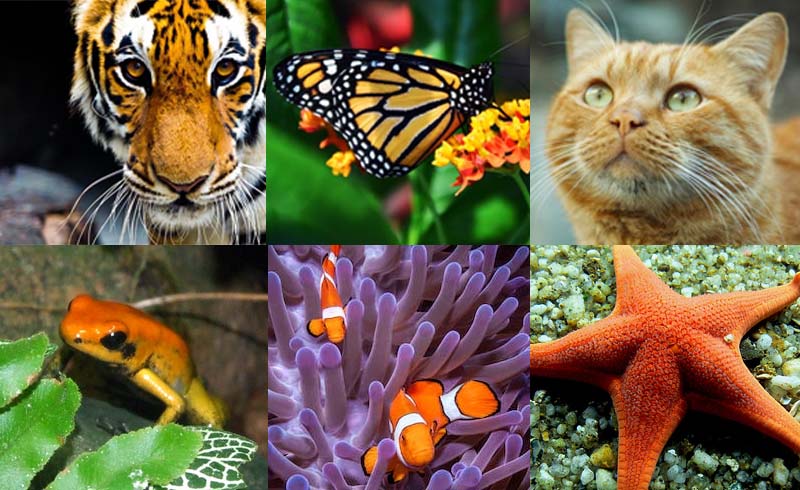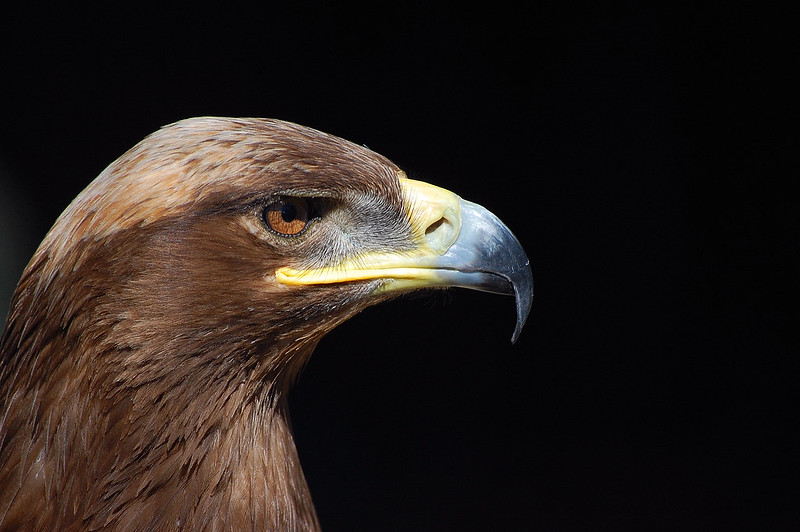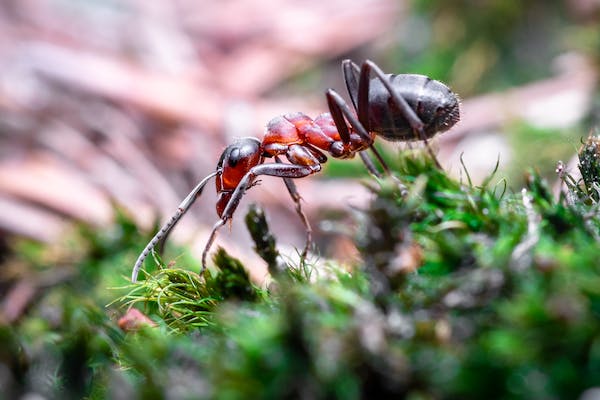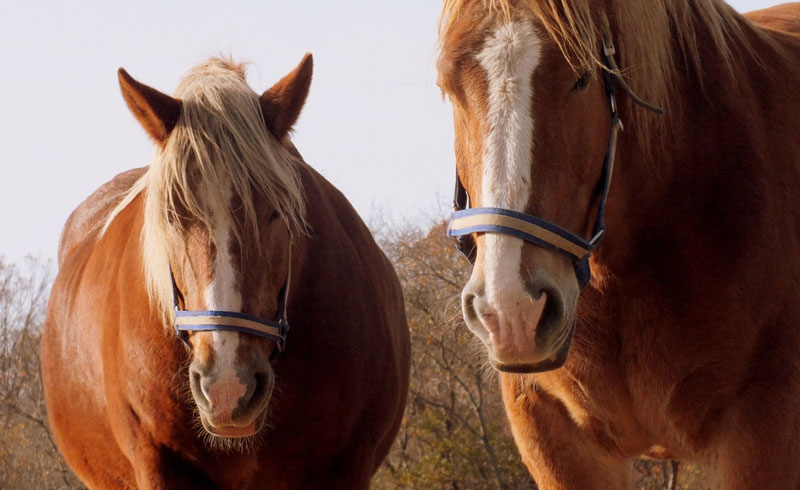Bats are one of the most fascinating creatures in the natural world and have been studied for a long time. These nocturnal animals are capable of flight and feed on insects and fruit. Although there are many different species of bats, they all have certain factors in common that attract them.
Bats in the wild
The presence of water and food: key factor
The first factor that attracts bats is the presence of water. Bats need water to hydrate and bathe, and can be found near water sources such as streams, rivers, lakes, and ponds. Some species of bats, such as vampire bats, can also obtain water from the blood of other animals.
Another important factor that attracts bats is vegetation. Areas with a large number of trees and bushes offer shelter and protection for bats. Bats prefer areas with dense vegetation that allow them to move easily without being detected. Areas with flowers and plants that attract insects are also attractive to bats, as they provide a source of food.
The food source is another key factor that attracts bats. Bats feed on a variety of insects, including mosquitoes, moths, beetles, and others. Some species of bats, such as fruit bats, feed on fruit and nectar. Bats can eat up to half their body weight in insects every night, which makes areas where insects are abundant attractive to them. Areas with a large amount of vegetation and water are often rich in insects.
Shelter is another important factor that attracts bats
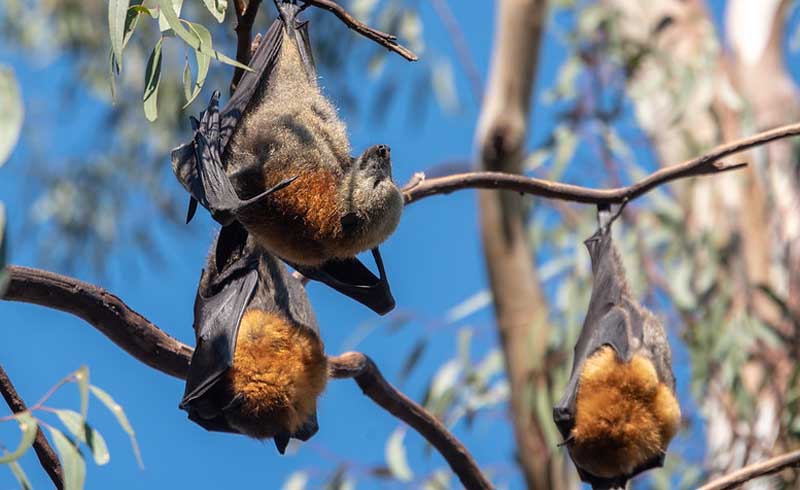
Bats need safe shelters to rest during the day and to reproduce. Shelters can include caves, hollow trees, abandoned buildings, bridges, and other structures. Shelters should be large enough to accommodate groups of bats and should be protected from predators. Bat species that use caves are often very sensitive to human disturbance, so care should be taken when visiting these areas.
Each species of bat has its own preferences for habitat and food sources. For example, fruit-eating bats prefer areas with a large amount of fruit and nectar, while insect-eating bats are attracted to areas with a large amount of insects. Bat species that live in urban areas can use buildings and bridges as shelters, while species that live in rural areas can use hollow trees and caves.
Some species of bats, such as fruit-eating bats, can also be attracted by the presence of fruit trees and other crops. These bats can help farmers control insect pests that damage crops, making them an eco-friendly and natural alternative to chemical pesticides.
Another factor that can attract bats is the presence of other bats. Bats are social animals that often form colonies. Bat colonies can be large and composed of thousands of individuals. Some bat species prefer to live in large colonies, while others prefer to live in smaller groups. Bat colonies are often very noisy, making them easy to locate.
In general, bats are attracted to habitats that offer a variety of resources, including water, vegetation, food, and shelter. As bat habitats are threatened by human activity, it is important to preserve and protect these areas to ensure the survival of these unique and valuable creatures.
It is important to note that bats are often misunderstood and feared by people. Although some bat species can carry diseases such as West Nile virus, rabies, and others, most bats are harmless to humans and play an important role in ecological balance.
In conclusion, bats are attracted by a variety of factors, including the presence of water, vegetation, food sources, shelter, and other bats. Each species of bat has its own preferences for habitat and food sources, and it is important to preserve these habitats to ensure the survival of these valuable creatures.
How to attract bats to your garden
If you want to attract bats to your garden, there are some things you can do to create a welcoming habitat for these creatures.
The first step in attracting bats to your garden is to provide them with a safe shelter to rest during the day. You can do this by placing bat boxes in your garden or on the wall of your house. These boxes should be made of untreated wood, have an opening at the bottom for the bats to enter and exit, and be located at a height of at least 3 meters from the ground.
Another important factor in attracting bats is to provide them with a source of water. Bats need water to hydrate and bathe, and can be attracted to water sources such as fountains, ponds, or nearby streams. You can also create a small pond or pool in your garden to attract bats.
Areas with a large amount of vegetation are also attractive to bats, as they provide a place to hide and hunt. You can plant trees and bushes that attract insects, such as fruit bushes or flowers that attract pollinators. Areas with a large amount of insects are also attractive to bats, so it is important to avoid the use of pesticides in your garden.
Finally, keep in mind that bats are nocturnal animals and need darkness to be able to hunt. If your garden is too brightly lit, it can be difficult to attract bats. Consider reducing the amount of nighttime lighting in your garden or turning off the lights once it gets dark.
Attracting bats to your garden can be an exciting and valuable way to contribute to the local ecosystem.
